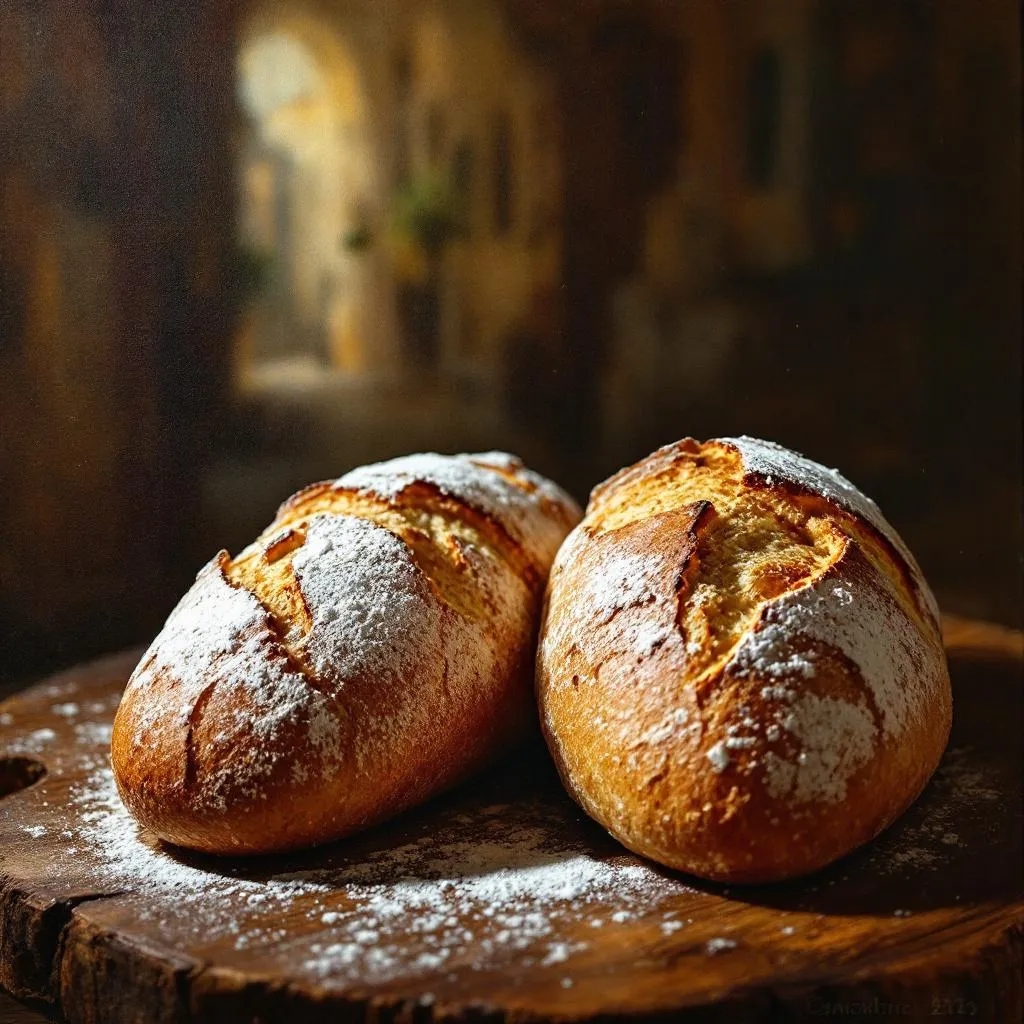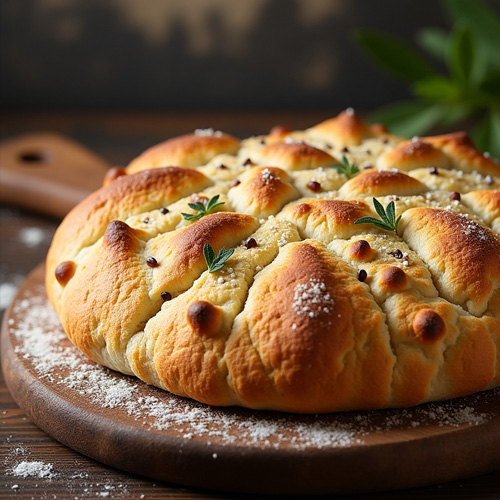
Italian Bread: A Delicious Journey Through Time
Italian bread goes way back, thousands of years, all the way to ancient Rome. Back then, bread wasn’t just food. It was a daily must-have for everyone, from farmers to emperors.
As people began using local grains and adapting to regional climates, the styles of bread changed. Each village started baking in its own way. That’s how Italy ended up with such a wide variety of breads—each with its own flavor, texture, and story.
During the Middle Ages, shared ovens became the heart of small towns. Families would bring their dough, bake together, and trade tips. It wasn’t just about food it was about community. That spirit of connection is still baked into Italian bread today.
Over time, flatbreads turned into more complex favorites like ciabatta, focaccia, and pane di Altamura. These breads reflect the ingredients and traditions of the regions they come from. Italian bread is more than something to eat. It’s a living piece of culture. A warm loaf on the table still brings people together, just like it did centuries ago.
Italian Bread: More Than Just a Loaf
Even today, Italian bread is more than just food, it’s a connection to tradition, family, and flavor. It brings people together, just like it has for generations. Whether it’s served with a comforting bowl of pasta, dipped into fragrant olive oil, or used to wipe up the last bit of sauce from your plate, each bite carries the warmth of Italy’s culinary roots.
There are so many delicious ways to enjoy it. Serve it warm with a splash of extra virgin olive oil and a drizzle of balsamic vinegar for a simple yet satisfying starter. Pair it with rich dishes like spaghetti Bolognese, creamy lasagna, or rustic stews perfect for soaking up every drop of sauce.
Italian bread also shines in sandwiches. Slice it thick for panini or toasted pressed sandwiches layered with mozzarella, tomatoes, and fresh basil. Build a classic Italian sub stacked with salami, ham, provolone, and pickled vegetables. Or go cozy with a grilled cheese or garlic toast, crispy, golden, and full of comfort.
Storage
Homemade Italian bread is best enjoyed fresh, but with the right storage, you can make it last a few more days without losing its texture or flavor. Here’s how to keep your bread tasting its best:
Room Temperature is Best: Store your bread in a paper bag, bread box, or wrapped loosely in a clean kitchen towel. This allows the crust to stay crisp while keeping the inside soft. (Up to 3 Days)
Avoid Plastic Bags: While plastic can trap moisture and make the bread go soft or moldy faster, it’s okay to use it if you want to preserve the bread’s softness but know the crust may lose its crunch.
Freeze for Freshness: If you won’t eat the bread within a few days, slice it and store the pieces in a freezer-safe bag. That way, you can grab a slice or two whenever you need.
Wrap it tightly in plastic wrap or foil, then place it in a freezer-safe zip bag or airtight container to prevent freezer burn. (Up to 3 months)
To Reheat: Toast frozen slices straight from the freezer or wrap the whole loaf in foil and warm it in the oven at 350°F (175°C) for 10–15 minutes.
You can also turn stale bread into croutons, breadcrumbs, or even bread pudding.













